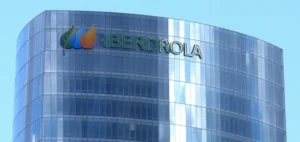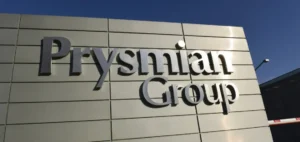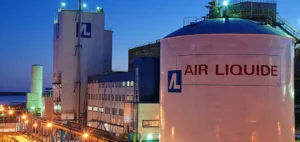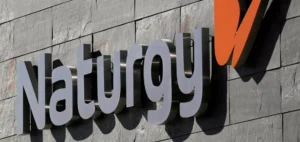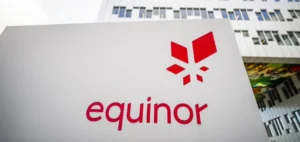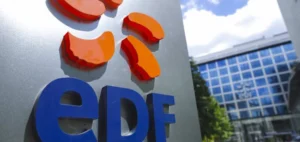British energy giant BP posted a net profit of $1.16 billion for the third quarter of the year, more than five times higher than the $206 million recorded during the same period in 2024. This increase aligns with the company’s ongoing turnaround plan, launched at the beginning of the year, which focuses on cost reduction, asset sales, and a refocus on oil activities.
Strong performance in refining and distribution
Murray Auchincloss, CEO of BP, highlighted that the company achieved record underlying profits in its refining and distribution activities, mainly driven by more favorable refining margins. The company also noted continued progress in reducing costs, strengthening its balance sheet, and increasing cash flows.
During a conference with investors, Auchincloss spoke about the “growth potential,” particularly in the oil sector, and stated that BP was in a “better position than ever” since he took the helm of the company. This positive momentum has been well-received by investors, who applaud the company’s ability to adapt to the current environment.
Restructuring and technological strategy
BP also announced the sale of some of its stakes in U.S. assets for $1.5 billion, as part of its strategy to refocus its operations. This refocusing aims to streamline its portfolio and strengthen the most profitable sectors. The company is also placing emphasis on the integration of advanced technologies, such as artificial intelligence, to improve operational efficiency. For instance, BP has reduced planning time for wells by 90% using AI, which could have a long-term impact on profitability.
This strong performance comes as other oil majors, such as Shell and TotalEnergies, also reported higher profits, while American giants Chevron and ExxonMobil posted lower profits. The market reacted positively to BP’s results, with the stock gaining 1.18% on the London Stock Exchange in the afternoon, signaling renewed investor confidence.





